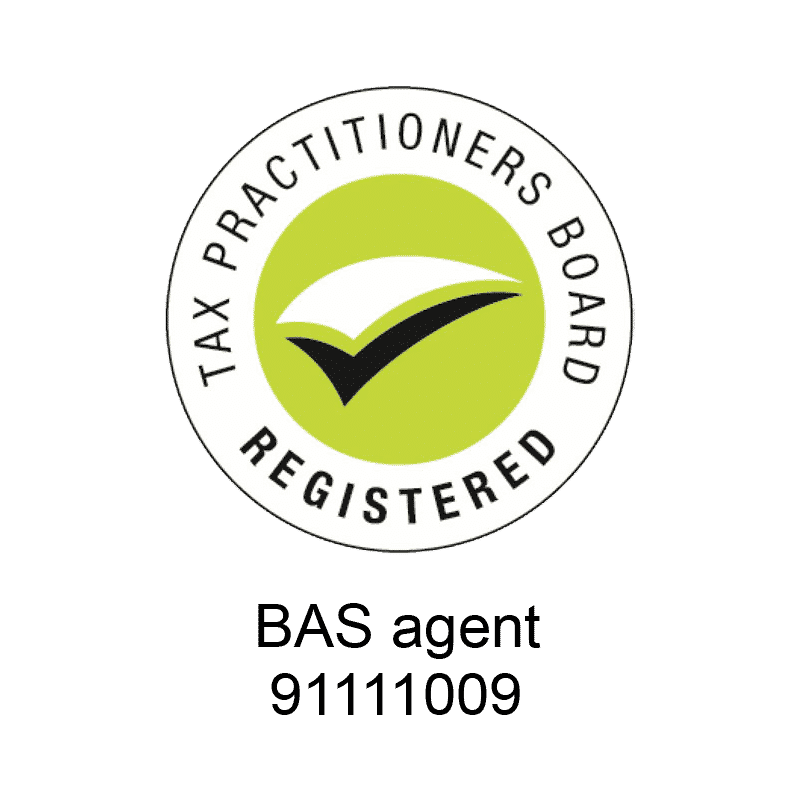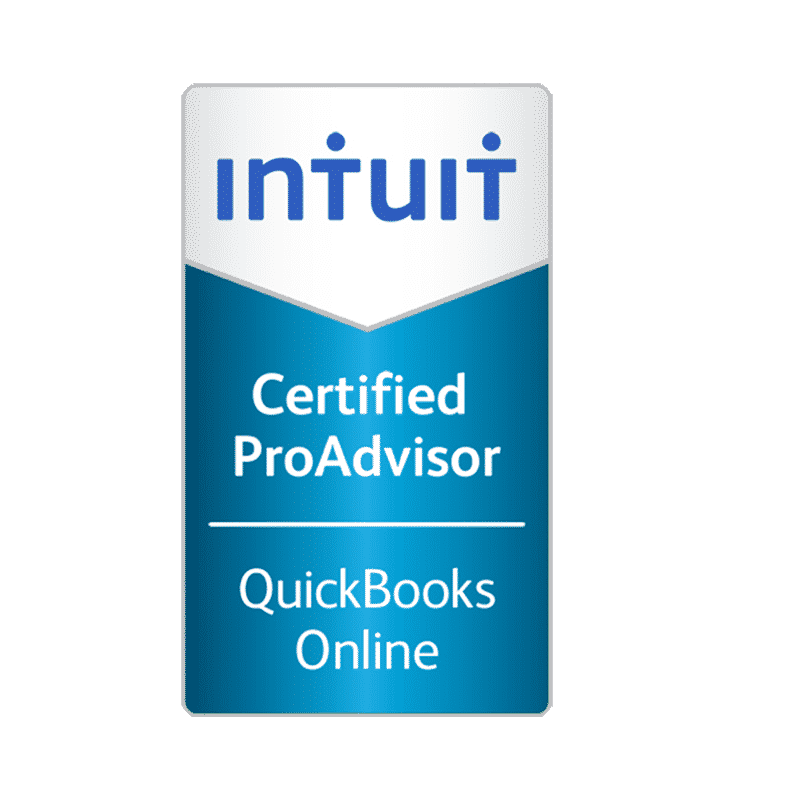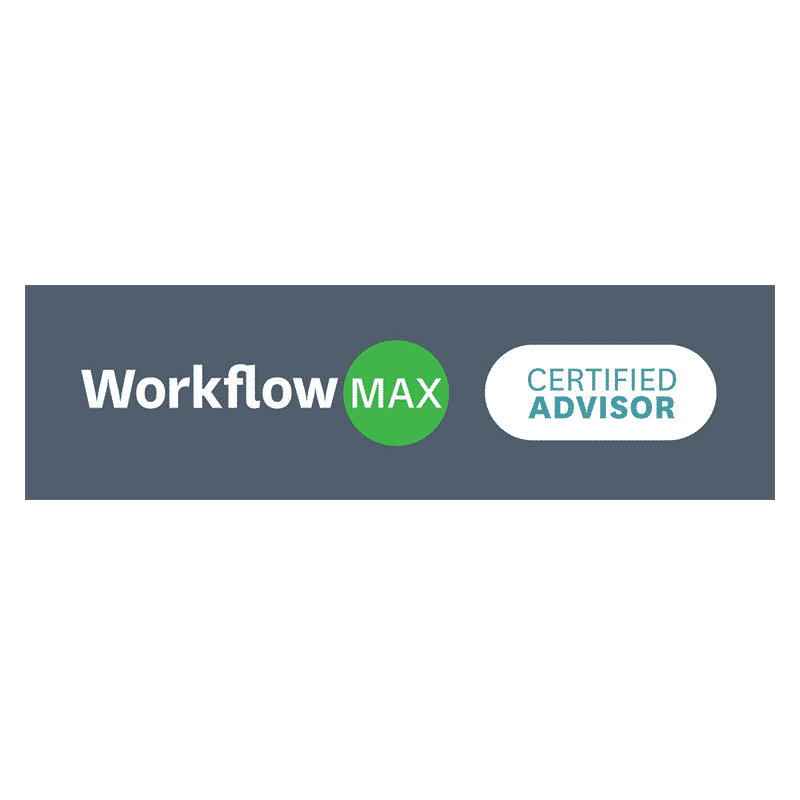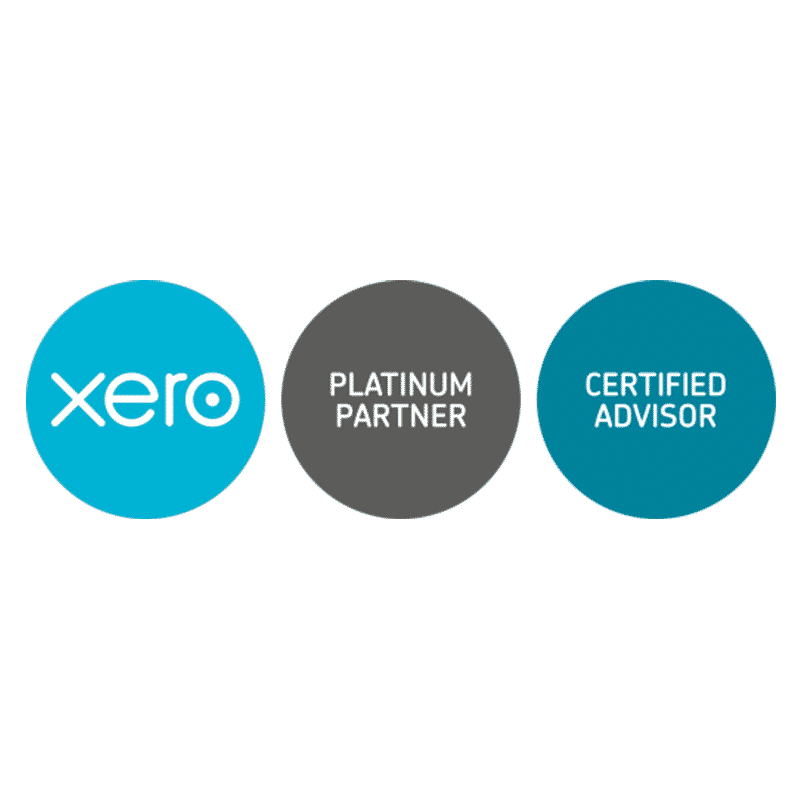It’s been a hectic couple of weeks sorting out exactly what is going to affect our SME clients and employees since the 2017-18 Federal Budget was announced on the 9th of May.
Having a chat with our Carbon Accounting Partners we have come up with a list of the areas where our clients will be most affected.
This isn’t the full list of changes and we have tried to summarise as best we can. If you find any errors or discrepancies please let us know.
The full budget can be downloaded from the link below.
http://www.budget.gov.au/2017-18/content/
Just remember, all these changes must be passed and put into legislation to become law!
Small Business – Instant asset write-off extended for 12 months
- The $20,000 instant asset write-off for small business will be extended by 12 months to 30 June 2018, for businesses with an aggregated annual turnover of less than $10m.
- The current “lock out” laws from the simplified depreciation rules will continue to be suspended until 30 June 2018. These rules prevent small businesses from re-entering the simplified depreciation regime for five years if they opt out.
- From 1 July 2018, the immediate deductibility threshold, and the balance at which the pool can be immediately deducted, will revert to $1,000.
Small Business
- From 1 July 2016, business with a turnover of less than $10 million will be able to access a range of concessions that are currently only available to business entities with a turnover of less than $2 million (Budget 2016-17). The small business CGT concessions will continue to be available to small business taxpayers with an aggregated turnover of less than $2m or business assets of less than $6m.
Medicare Levy
- To secure the Commonwealth’s contribution to funding the NDIS (National Disability Insurance Scheme), from 1 July 2019 the Medicare levy will increase by half a percentage point from 2 to 2.5 per cent of taxable income.
- The Medicare levy will be increased from 2.0% to 2.5% of taxable income from 1 July 2019. Other tax rates that are linked to the top personal tax rate, such as the fringe benefits tax rate, will also be increased.
HELP
- A new set of repayment thresholds and rates under the higher education loan program (HELP) will be introduced from 1 July 2018.
- A new minimum repayment threshold of $42,000 will be established with a 1% repayment rate. Currently, the minimum repayment threshold for the 2017/18 year is $55,874 with a repayment rate of 4%.
- A maximum threshold of $119,882 with a 10% repayment rate will also be introduced. Currently, the maximum repayment threshold for the 2017/18 year is $103,766 with a repayment rate of 8%.
Travel expenses related to residential rental properties disallowed
- Deductions for travel expenses related to inspecting, maintaining or collecting rent for a residential rental property will be disallowed from 1 July 2017.
- This measure will not prevent investors from engaging third parties such as real estate agents for property management services. These expenses will remain deductible
Depreciation deductions limited for residential rental properties
- Plant and equipment depreciation deductions will be limited to outlays actually incurred by investors in residential real estate properties from 1 July 2017.
- Plant and equipment forming part of residential investment properties as of 9 May 2017 (including contracts already entered into at 7:30pm (AEST) on 9 May 2017) will continue to give rise to deductions for depreciation until either the investor no longer owns the asset, or the asset reaches the end of its effective life.
- Investors who purchase plant and equipment for their residential investment property after 9 May 2017 will be able to claim a deduction over the effective life of the asset. However, subsequent owners of a property will be unable to claim deductions for plant and equipment purchased by a previous owner of that property.
LRBAs included in super balance and transfer balance cap
- The use of limited recourse borrowing arrangements (LRBAs) will be included in a member’s total superannuation balance and transfer balance cap from 1 July 2017.
- LRBAs can be used to circumvent contribution caps and effectively transfer growth in assets from the accumulation phase to the retirement phase that is not captured by the transfer balance cap. The outstanding balance of an LRBA will now be included in a member’s annual total superannuation balance and the repayment of the principal and interest of an LRBA from a member’s accumulation account will be a credit in the member’s transfer balance account.
Access to super for first home deposit
- Individuals will be able to make voluntary contributions into their superannuation of up to $15,000 per year and $30,000 in total, to be withdrawn subsequently for a first home deposit. The contributions can be made from 1 July 2017 and must be made within an individual’s existing contribution caps.
- From 1 July 2018 onwards, the individual will be able to withdraw these contributions and their associated deemed earnings for a first home deposit. The withdrawals will be taxed at an individual’s marginal tax rate, less a 30% tax offset.
- Under this new first home super saver scheme, both members of a couple can take advantage of this measure to buy their first home together. The scheme is intended to provide an incentive to enable first home buyers to build savings faster for a home deposit, by accessing the tax advantages of superannuation.
Super contributions from downsizing
- A person aged 65 or over can make a non-concessional contribution into superannuation of up to $300,000 from the proceeds of selling their principal residence. They must have owned their principal residence for at least 10 years. This measure will apply from 1 July 2018 and is available to both members of a couple for the same home.
- These contributions are in addition to existing rules and caps and are exempt from the age test, work test and the $1.6m total superannuation balance test for making non-concessional contributions.CGT discount increased for affordable housing investments
- The CGT discount will be increased from 50% to 60% for Australian resident individuals investing in qualifying affordable housing.
- The conditions to access the 60% discount are:
- the housing must be provided to low to moderate income tenants
- rent must be charged at a discount below the private rental market rate
- the affordable housing must be managed through a registered community housing provider, and
- the investment must be held for a minimum period of three years.
- This measure will apply from 1 January 2018.
- The higher discount will flow through to resident individuals investing in affordable housing via managed investment trusts (MIT) as part of the tax measure enabling such trusts to invest in affordable housing.
CGT main residence exemption removed for foreign and temporary residents - Individuals who are foreign or temporary tax residents will no longer have access to the CGT main residence exemption from 7.30pm (AEST) on 9 May 2017.
- Existing properties held before this date will be grandfathered until 30 June 2019.
- Expansion of foreign resident CGT withholding regime
- The CGT withholding rate that applies to foreign tax residents will be increased from 10% to 12.5% from 1 July 2017.
- Currently, the foreign resident CGT withholding obligation applies to Australian real property and related interests valued at $2m or more. This threshold will be reduced to $750,000 from 1 July 2017, increasing the range of properties and interests that will come within this obligation.
Annual levy for foreign-owned vacant residential properties
- Foreign owners of vacant residential property, or property that is not genuinely available on the rental market for at least six months per year, will be charged an annual levy of at least $5,000. The annual levy will be equivalent to the relevant foreign investment application fee imposed on the property when it was acquired.
- The measure will apply to persons who make a foreign investment application for residential property from 7.30pm (AEST) on 9 May 2017.
Purchasers of new residential properties to remit GST
- Purchasers of newly constructed residential properties or new subdivisions will be required to remit the GST directly to the ATO as part of the settlement from 1 July 2018.
- Under the current law (where the GST is included in the purchase price and the developer remits the GST to the ATO), some developers are failing to remit the GST to the ATO despite having claimed GST credits on their construction costs. The new measure is an integrity measure to strengthen compliance with the GST law.
Payments reporting extended to couriers and cleaners
- The government will extend the taxable payments reporting system (TPRS) to contractors in the courier and cleaning industries. The measure will have effect from 1 July 2018.
- The TPRS already operates in the building and construction industry. Under the TPRS, businesses are required to report payments they make to contractors (individual and total for the year) to the ATO.
- Businesses in these industries will need to ensure that they collect information from 1 July 2018, with the first annual report required in August 2019.
For more information contact your accountant and don’t forget we are having a special seminar on End of Year Tips and Tricks to help you minimise your tax on the 24th May at 5pm. Register here.
I look forward to seeing you there.
Until next month,
Cheryl







